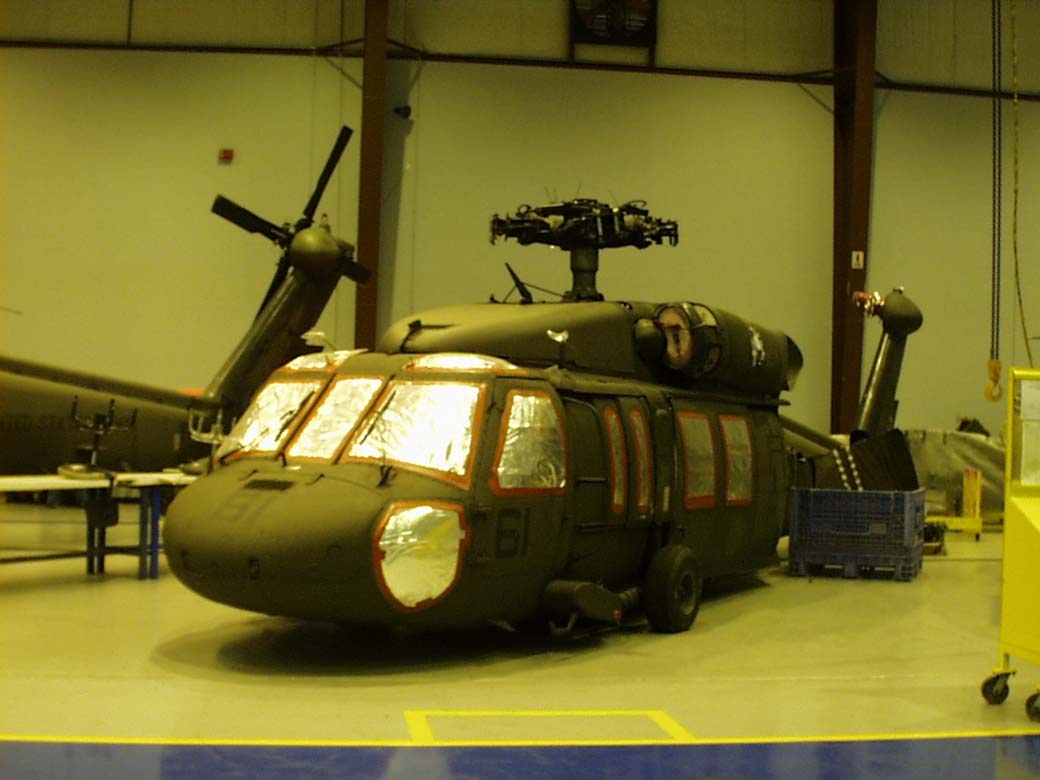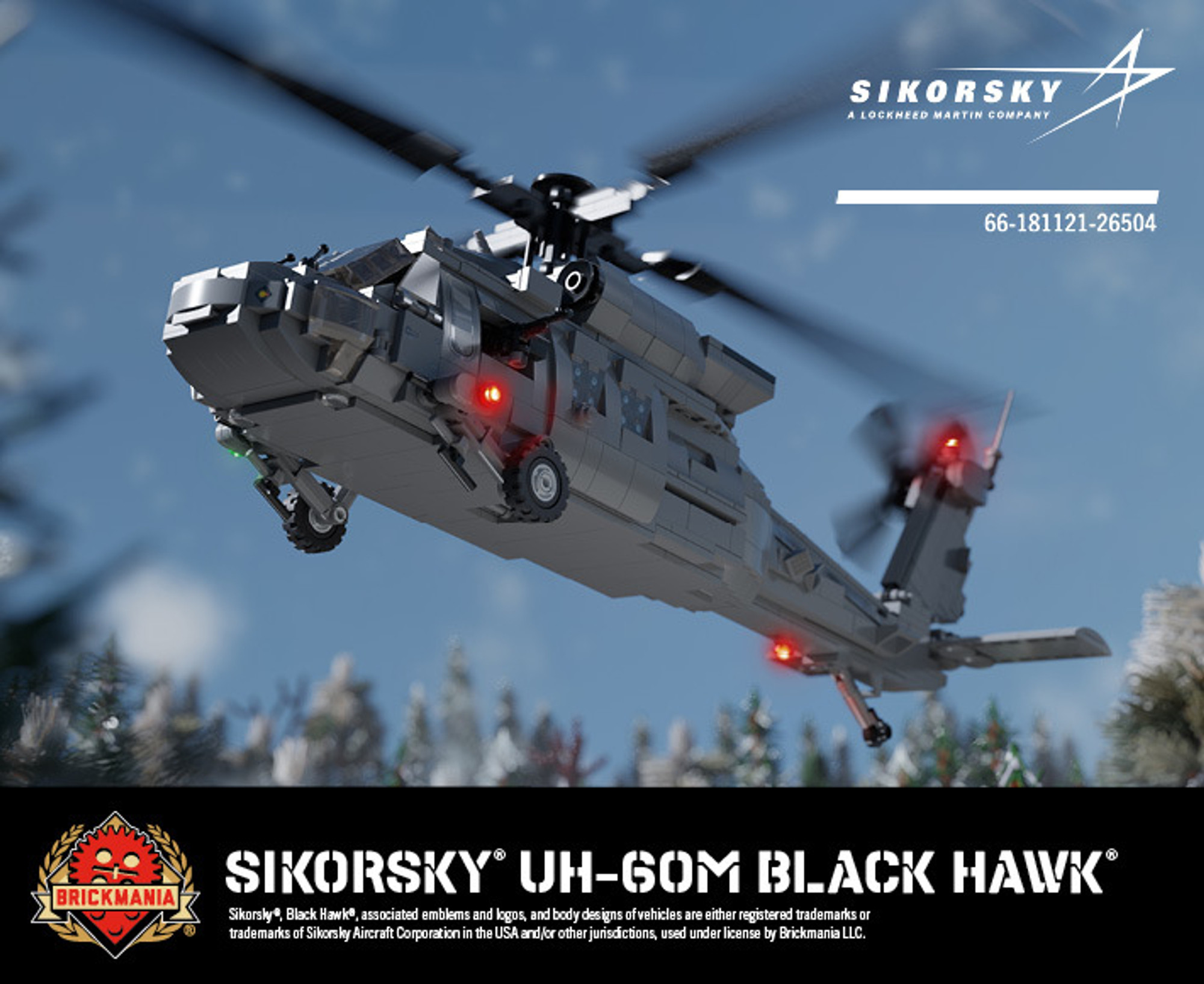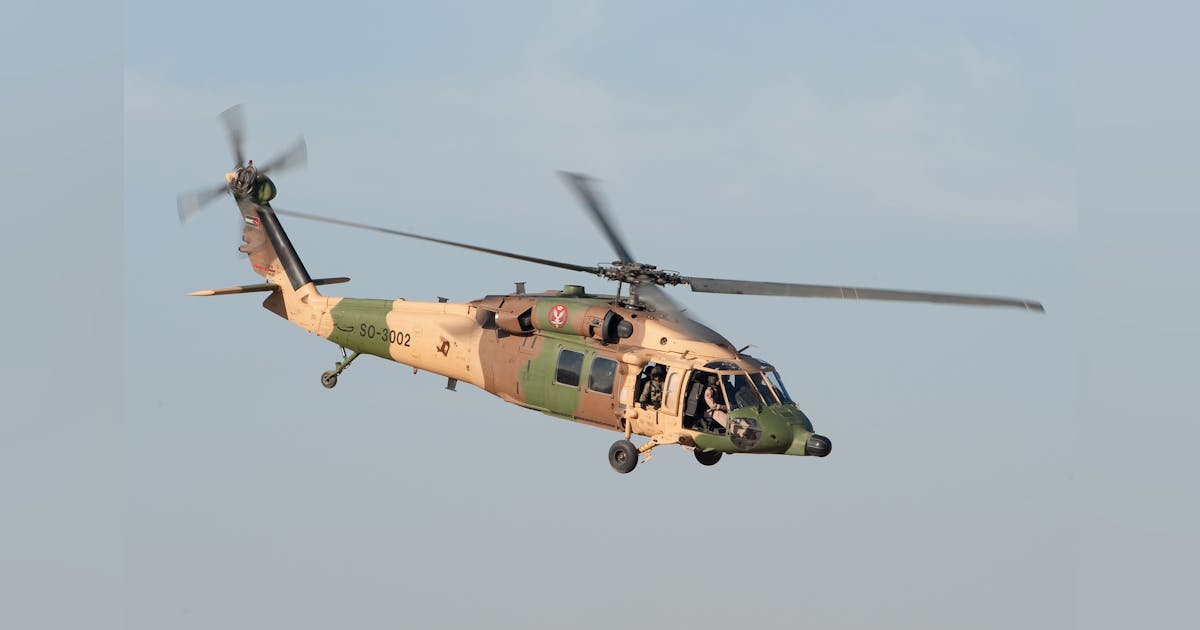The Role of the UH 60 in Combat Zones: Enhancing Mobility and Operational Efficiency
The Role of the UH 60 in Combat Zones: Enhancing Mobility and Operational Efficiency
Blog Article
Exploring the Background and Evolution of the UH 60 Helicopter

Beginnings of the UH-60
The origins of the UH-60 helicopter can be mapped back to the late 1960s, a period marked by the requirement for a versatile energy aircraft that could adjust to the advancing demands of modern-day warfare. The united state Army identified the need for a substitute for the older UH-1 Iroquois, which was becoming progressively insufficient for the complexities of modern combat scenarios. In 1967, the Army started the Energy Tactical Transportation Aircraft System (UTTAS) program, which sought to establish a multi-role helicopter efficient in numerous objectives, including army transport, medical evacuation, and logistical support.
The style competitors drew in several aerospace producers, yet it was Sikorsky Airplane Corporation that eventually protected the agreement in 1972. The UH-60 Black Hawk was presented, showcasing cutting-edge style elements and advanced innovation that set it apart from its predecessors. Its first trip occurred in 1974, and the airplane was officially taken on by the Army in 1979. The UH-60 quickly obtained recognition for its durable efficiency, reliability, and flexibility, paving the way for its substantial use in armed forces operations and solidifying its condition as a keystone of united state Army aeronautics.
Secret Style Functions
Ingenious layout attributes of the UH-60 Black Hawk substantially add to its operational efficiency. Among the most significant aspects is its twin-engine configuration, which improves dependability and gives a greater power-to-weight ratio, allowing the helicopter to execute under different problems. The airplane's four-blade primary blades system uses improved lift and maneuverability, necessary for tactical missions.

Furthermore, the cabin is created for optimal visibility and comfort designs, featuring advanced avionics that streamline pilot operations. The modular layout of the UH-60 allows for simple maintenance and adaptability, making it suitable for different goal accounts, from army transportation to medevac procedures. These key style functions make certain that the UH-60 Black Hawk continues to be a functional and dependable possession in military aviation, with the ability of fulfilling the demands of contemporary war.
Technical Innovations
Current technological developments in the UH-60 Black Hawk have actually substantially improved its functional capacities and adaptability. The combination of advanced avionics, such as electronic flight control systems and boosted situational awareness displays, permits pilots to run with enhanced accuracy and efficiency. These systems assist in enhanced navigation, interaction, and information sharing, enabling the helicopter to work properly in varied environments.
In addition, the introduction of composite products has reduced the overall weight of the airplane while keeping architectural honesty. This reduction enhances gas effectiveness and extends functional range. The unification of advanced rotor technology, including making use of four-blade, totally verbalized rotor systems, has actually enhanced lift efficiency and maneuverability, permitting much better handling in numerous flight conditions.

Additionally, innovations in propulsion systems, such as the T700-GE-701D engines, have increased power outcome and reliability - uh 60. These engines add to remarkable performance in hot-weather and high-altitude problems
Lastly, the integration of self-defense systems and enhanced sensor bundles boosts the Black Hawk's survivability and objective performance. Jointly, these technical improvements make sure that the UH-60 Black Hawk continues to be an important possession in contemporary aviation, with the ability of adjusting to the progressing needs of altruistic and armed forces objectives.
Role in Armed Force Workflow
As the backbone of U.S. Military aeronautics, the UH-60 helicopter plays an essential duty in various armed forces procedures, functioning as a flexible system for fight support, transport, and medevac objectives - uh 60. Its style integrates the capability to run in varied settings, making it crucial for army movement and logistical support in both unconventional and conventional warfare

In medical evacuation circumstances, the UH-60 has actually proven important, significantly lowering the time to transfer wounded soldiers from the battlefield to medical centers. Its advanced avionics and night vision abilities even more guarantee goal success under tough problems. In general, the UH-60 helicopter stays a vital asset, constantly adapting to fulfill the advancing demands of military procedures and boosting the effectiveness of united state forces worldwide.
Future of the UH-60
Looking in advance, the future of the UH-60 helicopter includes significant advancements in modern technology and capabilities developed to improve its functional effectiveness. As military procedures progress, the UH-60 is anticipated to include advanced modern technologies, including enhanced avionics, enhanced weapons systems, and advanced interaction devices. These enhancements will permit higher situational recognition and mission versatility, making sure that the UH-60 stays an important possession on the combat zone.
One noteworthy advancement is the assimilation of fly-by-wire systems, which will certainly improve flight control accuracy and minimize pilot work. Furthermore, initiatives to update the airframe and engines aim to raise payload, speed, and range ability, thereby expanding the helicopter's operational extent (uh 60).
The future additionally holds pledge for raised interoperability with unmanned aerial systems (UAS), enabling collaborated objectives that utilize both manned and unmanned capabilities. Furthermore, the consolidation of artificial intelligence and machine knowing could maximize flight characteristics and maintenance processes, resulting in decreased operational prices.
Final Thought
The UH-60 Black Hawk helicopter stands for a substantial achievement in army air travel, developing from the united state Military's preliminary needs for a versatile utility airplane. Its innovative design features and constant technical improvements have guaranteed its importance in different armed forces procedures over the decades. As the needs of modern-day warfare modification, the future of the UH-60 will likely involve additional enhancements and adaptations, enhancing its status as a crucial property for militaries worldwide.
The UH-60 Black Hawk helicopter stands for a considerable landmark in armed forces aviation, emerging from the United state Army's quest for a more flexible and reputable energy aircraft in the late 20th century.The beginnings of the UH-60 helicopter can be traced check out this site back to the late 1960s, a duration marked by the requirement for a versatile utility airplane that could adjust to the advancing demands of modern war. On the whole, the UH-60 helicopter remains an important asset, continually adapting to fulfill the progressing demands of army procedures and improving the performance of United state forces worldwide.
Looking in advance, the future of the UH-60 helicopter entails considerable advancements in modern technology and capabilities designed to boost its operational performance.The UH-60 Black Hawk helicopter stands for a significant achievement in military aeronautics, evolving from the United state Army's initial requirements for a versatile energy airplane.
Report this page